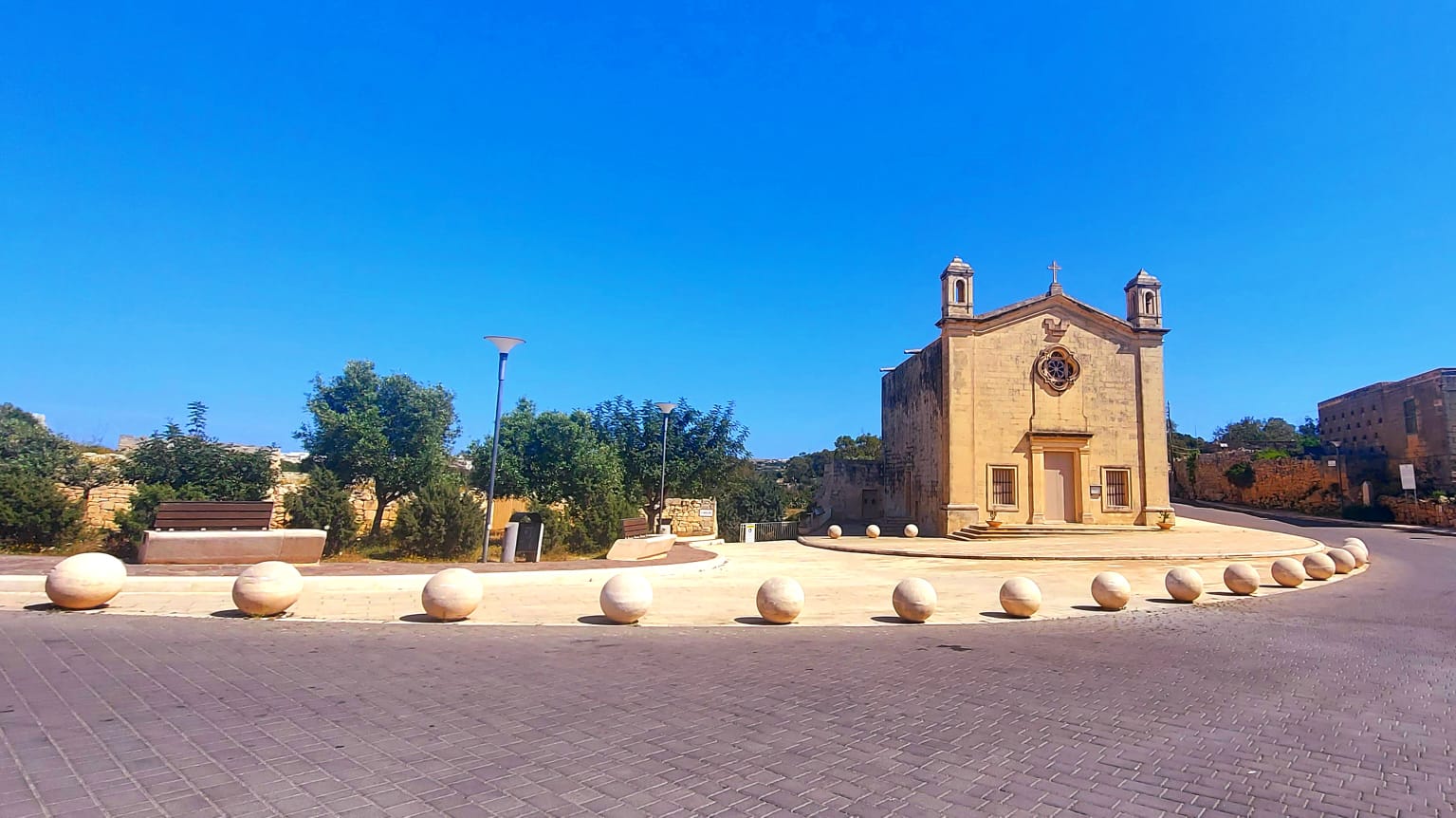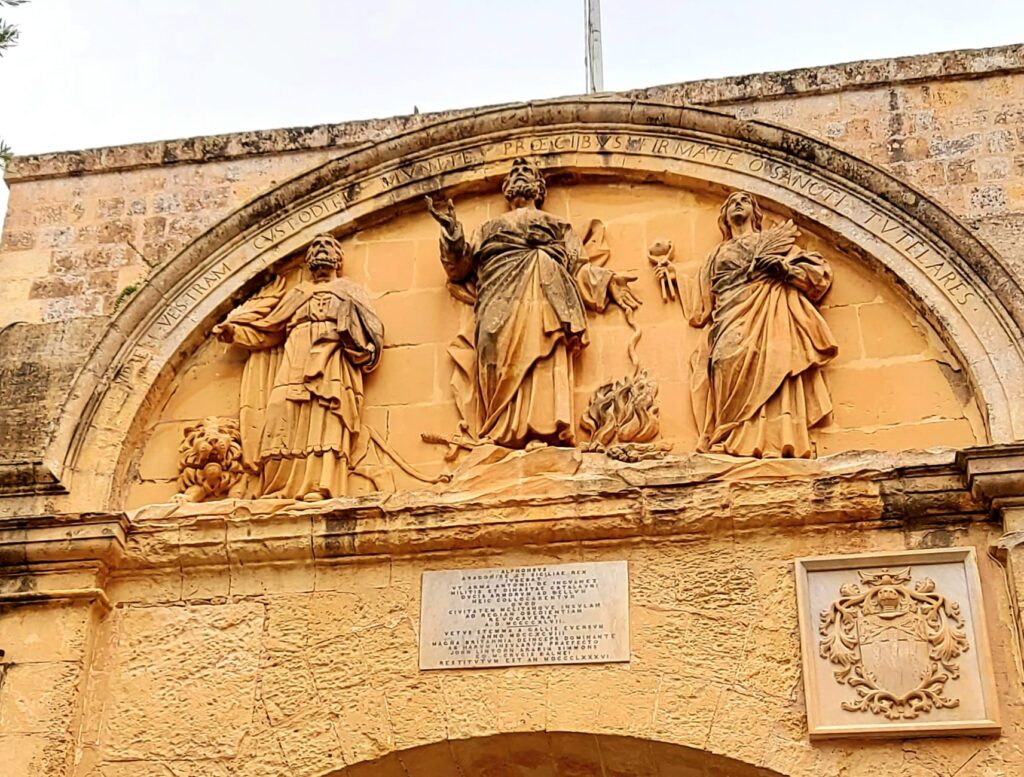
XirCammini
XirCammini is a voluntary, non-profit making, non-denominational and non-sectarian membership organisation, open to all who support its aims, whose primary and over-riding objects are to research and advance knowledge and education about and generate interest in pilgrimages, hiking and/or faith travel focusing mainly on the ancient routes in Europe.
The name is an amalgamation of two words, one Semitic written in old Maltese ‘Xirca’, meaning society or confraternity, and the other ‘Cammini’, derived from Italian, meaning ‘Walks’.
XirCammini is registered with the Office of the Commissioner for Voluntary Organisations in Malta (VO1646). The name is also a registered trade mark 59214 belonging to the association and protected by law.
More information about XirCammini is available here.
Camino Mariae Melitensis 1432AD: Historical Context
Imagine late mediaeval Malta (early 15 th century), the island in the throes of a rebellion against their feudal lord Monroy. Malta was given to Don Antonio Cardona in 1421 by the Aragonese king who, in turn, transferred this authority to the Castillian Gonsalvo Monroy.
1425 and 1426, the Maltese revolted against Monroy and the rebellion spread
from Gozo to Mdina forcing the retreat of Monroy’s guard and his wife Donna Costanza who sought refuge in Castrum Maris (present day Fort Sant Angelo)
This angered King Alfonso V of Aragon since he saw the challenge by the Maltese to one of the King’s admirals, Gonsalvo Monroy, as an affront to the king himself. Consequently, in 1427 an army was being raised by the Aragonese king to mercilessly crush the revolt.
Antonio Inguanez, a nobleman from Mdina pledged his own sons as a guarantee that Donna Costanza would not be harmed and rallied the Maltese to raise 30,000 florins (the amount of money paid by Monroy to Cardona) to redeem the island from its feudal lords without further bloodshed. These actions pacified the situation and on the 20 th of June 1428, King Alfonso V issued a royal decree, “Magna Carta Libertatis” stating that Malta would directly form part of the Royal Crown and would not be given in fiefdom again.

In the mediterranean around Malta, the Hafsids, who besieged Mdina in 1429, were threatening the peace also in the waters around Malta and captured Aragonese territories in North Africa. In 1432 King Alfonso led a military expedition against the Hafsids in Djerba. After his 1432 Djerba expedition King Alfonso V stopped in Malta. In Malta he visited the Inguanez family in Mdina and he also visited the Sanctuary of Our Lady, Mater Dei, in Mellieha accompanied by several bishops.
More information about the historical context is available here.
Malta Tourism Authority
The Malta Tourism Authority (MTA) was formally set up to strengthen the public and private partnership in tourism through greater and more direct participation by the private sector in national planning and development of the industry.
MTA’s vision is to achieve a healthy, sustainable and equitable tourism sector for the Maltese Islands ensuring that those who choose our destination are served with professionalism and care.
The Malta Tourism Authority is here:
- To promote and advance Malta as a tourism destination.
- To advise Government on tourism operations and to issue licences under the Act.
- To contribute toward the improvement of the level of human resources in the tourism industry.
- To advise government on the planning and development of the tourism industry as well as on the infrastructure supporting the industry.
- To assist and advise on any tourism-related issues and to undertake activities, events and projects to fulfil our role.
More information about the Malta Tourism Authority is available here.